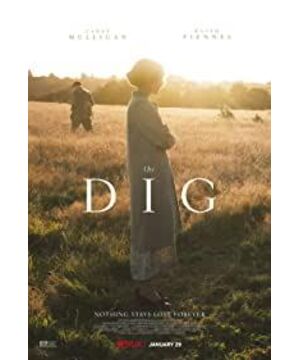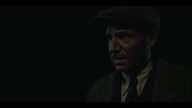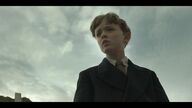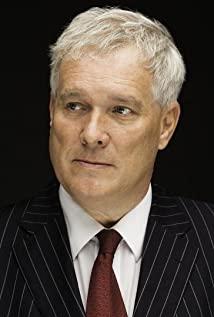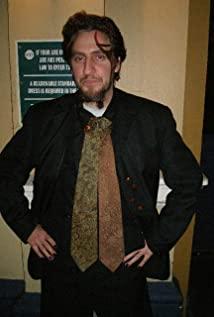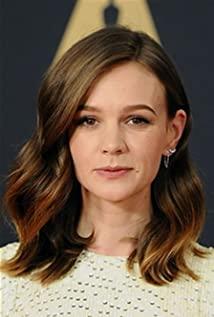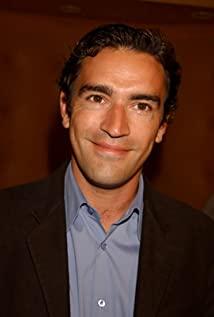I have a soft spot for movies based on true stories. "The DIG" is set in the Second World War and is a story about an archaeological excavation. Archaeology, museums, cultural relics, just hearing these words makes my heart move. History can speak.
It's a simple-looking biographical story without too many ups and downs. What was excavated, on the surface, was an ancient ship, a treasure in the tomb of the ancient ship. What the director wanted to excavate was more and broader themes of life. Encounter, miss, life and death.
In the film, about death, about the passing of life, Mr. Brown said to Edith in the car: Since the first handprints left by human beings on the cave wall, we have always existed in history, so we do not will really die. We live as part of eternity.
And Mr. Brown's quote, "No matter how hard we try, we can't succeed."
Photography is always a series of long shots, and a lot of low-camera positions are added to the long shots. The scenes shot in this way are vast and blurry, which makes people think of the grand theme of time. Director Simon Stone likes to turn the dialogue of the characters in the last moment into the voice-over of the next moment, that is, the picture is in the next moment, but the dialogue stays in the previous moment. Did the director want to show that time is intertwined, this moment is also the next moment, and the next moment is also the previous moment.
I like the costume design of this film; I like the delicate and simple soundtrack, the violin and the piano, the softness and strength of the grass swaying in the wind, just like life.
Ralph Fiennes, my favorite actor. How can I fault his acting. Edith, played by Carey Mulligan, is elegant and charming. The second heroine is Lily James who played Rose in "Downton Abbey", and she is still moving and beautiful.
The last picture, there are clues to the movie.
View more about The Dig reviews


